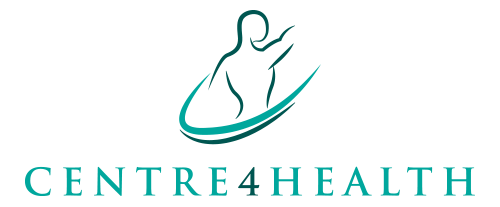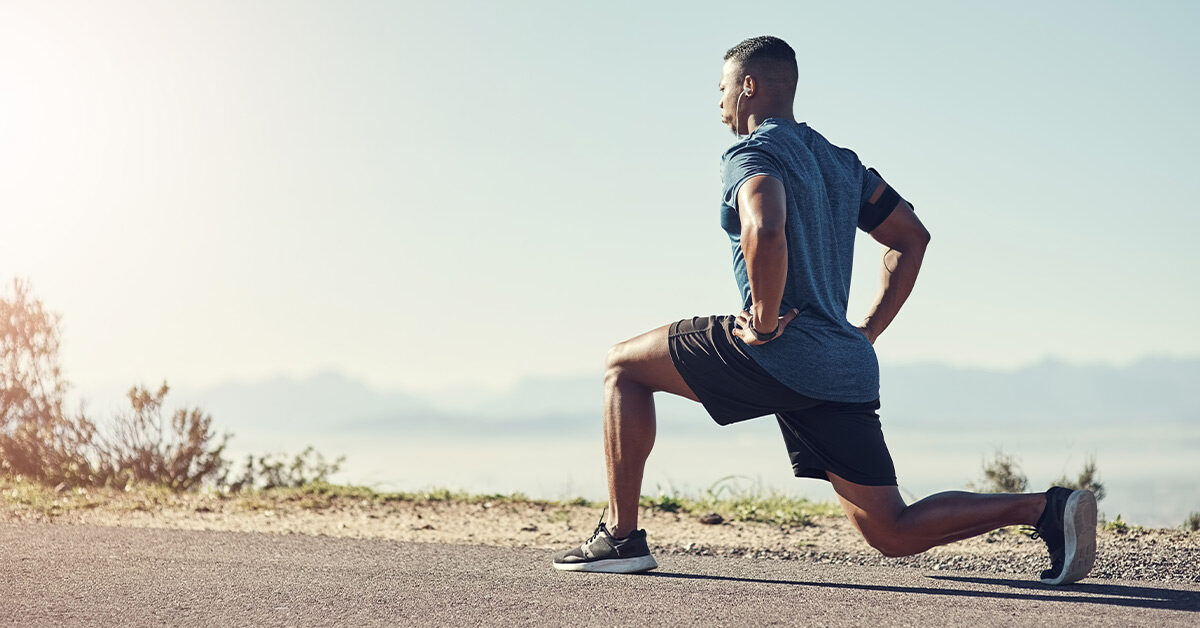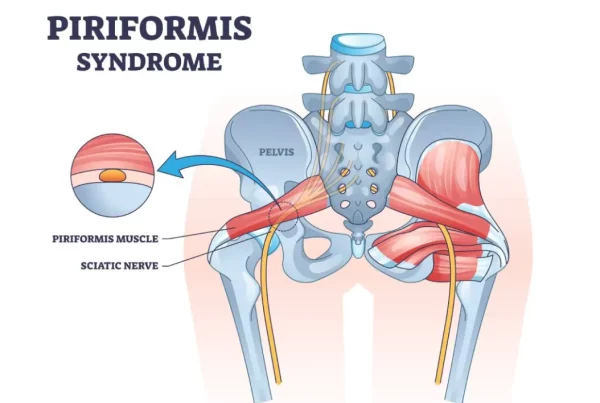Why are quadriceps called quadriceps?
The quadriceps femoris muscle translates to “four-headed muscle†from Latin. It bears this name because it consists of four individual muscles.
The quadriceps femoris is a hip flexor and a knee extensor.
The quadriceps femoris consists of the rectus femoris and the three vastus muscles. These muscles work together to extend the knee and stabilize the patella, or kneecap. The location of these four muscles.
Rectus femoris: this muscle partially covers the three vastus muscles and is the only muscle in the group to cross the hip and knee joints. In addition to extending at the knee joint, it also flexes at the hip joint.
Vastus lateralis: This large muscle runs down the outside of the thigh and connects the femur to the patella.
Vastus intermedius: As the name suggests, this muscle sits between the other two vastus muscles in the thigh. It is the deepest of the four muscles.
Vastus medialis: This teardrop-shaped muscle runs along the inner part of the thigh and connects the femur to the kneecap.
Because you rely on your quads to do a lot of physical activities, they can be prone to injury. There’s a reason you often hear about athletes sidelined with a quad strain, tear, or even rupture.
Let’s take a closer look at some common injuries that can affect your quads.
Tendonitis
Quadriceps tendonitis happens when the tendon that connects your quad to your kneecap becomes inflamed.
Overuse injuries like this often affect athletes and other active people. But any type of movement that you do over and over could cause this type of inflammation.
So how do you know if you’ve developed quadriceps tendonitis?
You typically start to experience pain just above your kneecap. It may become a little hard to move normally, too. Activity can sometimes make it worse, but so can sitting down for too long.
Other possible symptoms that you may notice around the affected area include:
- swelling
- weakness
- stiffness
- tenderness
Strains or muscle pulls
If you strain or pull your quad from running or another activity, you’ve stretched your muscle beyond its normal limit.
It might just cause a dull ache. But a more severe strain can cause pain and swelling, and it could limit how much you can move your leg.
Muscle cramps
If you’ve ever suffered a muscle cramp in your thigh, you know the feeling. The muscle tightens and shortens, causing a knot of pain to develop in your quadriceps.
Sometimes the cramp arrives without warning, and the pain makes your leg seize up.
A few common causes of muscle cramps in your thigh include:
- muscle fatigue
- dehydration
- pregnancy
- poor circulation
 How to strengthen your quads
- squats
- lunges
- deadlifts
- quad stretch
At the end of the day your quadriceps femoris are among the largest and strongest muscles in your body. Each quad is a group of four muscles located at the front of your thigh.
These four muscles work together to help you stand, walk, run, and move around with ease. They also keep your kneecap stable.
Gentle stretching and some strength-building exercises can help you keep your quads in good shape and minimize the likelihood of injury.






